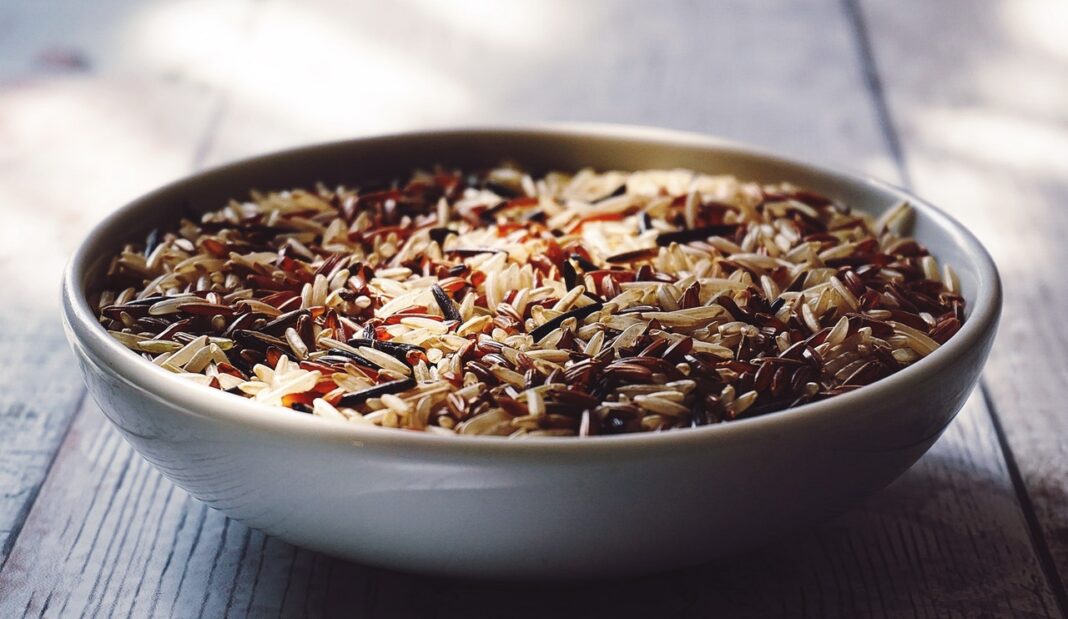Basic cooking is a great way to de-stress, and preparing rice and beans is as basic as it gets. But what makes this humble dish a global staple, especially in the Americas and Africa, is its inherent nutritive value for its low cost. Just one cup of beans and rice provides 12 grams of complete protein, 10 grams of fiber and loads of essential vitamins and minerals, including B-6, vitamin E, phosphorus, calcium, magnesium and potassium.
Although the domestication of rice and beans happened thousands of years ago in China, Peru and Mexico, the pairing has been rooted in Latin and African cultures for centuries. Regional dishes developed over time, and in some cases came to represent the country from which they came.
For example, the flavorful arroz con gandules (rice and pigeon peas), characterized by sofrito (a paste made out of cilantro, onions, garlic, peppers and tomato) is part of Puerto Rico’s national cuisine, but red beans and rice is synonymous with Louisiana’s Creole cuisine. Whether you’re considering short, medium or long grain rice, or the commonly used pinto, black or kidney beans, the flavorings you choose can elevate rice and bean cookery to a gastronomic experience.
Rice and beans, when served together, contain all nine essential amino acids to form a complete source of protein. Both brown and white rice are low in the essential amino acid lysine, but high in the essential amino acid methionine. Beans are the opposite ― high in lysine but low in methionine, explained registered dietician nutritionist Jillian Kubala. Combining rice and beans allows you to get enough of each, as well as the remaining seven essential amino acids, forming a complete protein.
However, not all rice is the same. Whole grain rice, traditionally used in African and Latin American cuisine, contains important antioxidants, including essential B vitamins, calcium and iron, unlike white rice, which is stripped of many of whose nutrients through processing. In cooking rice and beans, long grain rice is preferable due to its light, dry texture. Short or medium grains, which have a tendency to clump together when cooked, are better suited for sushi and risotto-type dishes.




















